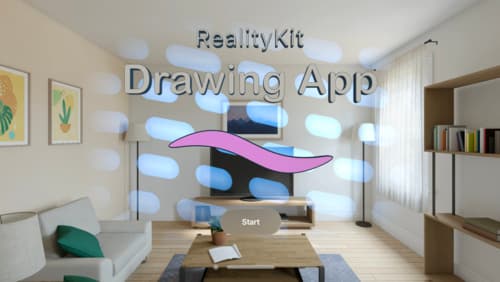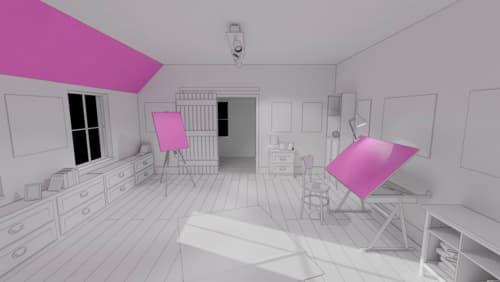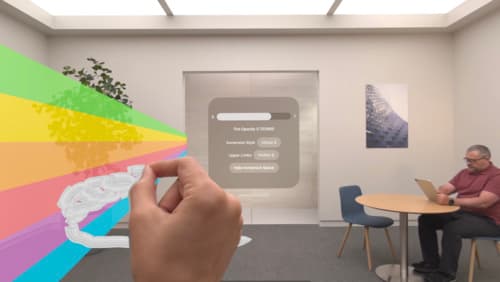What is ARKit?
Asked on 2024-06-14
80 searches
ARKit is a framework introduced by Apple that provides a suite of real-time algorithms to power spatial computing experiences. It is designed to help developers create immersive augmented reality (AR) applications by leveraging the capabilities of various cameras and sensors on Apple devices. ARKit offers features such as:
- Tracking and Scene Understanding: ARKit can detect and track hand gestures, recognize and understand scenes, and provide robust world tracking even in varying lighting conditions.
- Room and Plane Detection: It includes advanced room tracking and plane detection capabilities, allowing developers to customize experiences based on the physical environment.
- Object Tracking: ARKit can track real-world objects and create interactive visualizations, enhancing the realism and interactivity of AR experiences.
- Hand Tracking: Improved hand tracking features enable more precise and natural interactions within AR applications.
For more detailed information, you can refer to the session Create enhanced spatial computing experiences with ARKit.
Relevant Sessions

Build a spatial drawing app with RealityKit
Harness the power of RealityKit through the process of building a spatial drawing app. As you create an eye-catching spatial experience that integrates RealityKit with ARKit and SwiftUI, you’ll explore how resources work in RealityKit and how to use features like low-level mesh and texture APIs to achieve fast updates of the users’ brush strokes.

Create enhanced spatial computing experiences with ARKit
Learn how to create captivating immersive experiences with ARKit’s latest features. Explore ways to use room tracking and object tracking to further engage with your surroundings. We’ll also share how your app can react to changes in your environment’s lighting on this platform. Discover improvements in hand tracking and plane detection which can make your spatial experiences more intuitive.

Render Metal with passthrough in visionOS
Get ready to extend your Metal experiences for visionOS. Learn best practices for integrating your rendered content with people’s physical environments with passthrough. Find out how to position rendered content to match the physical world, reduce latency with trackable anchor prediction, and more.
